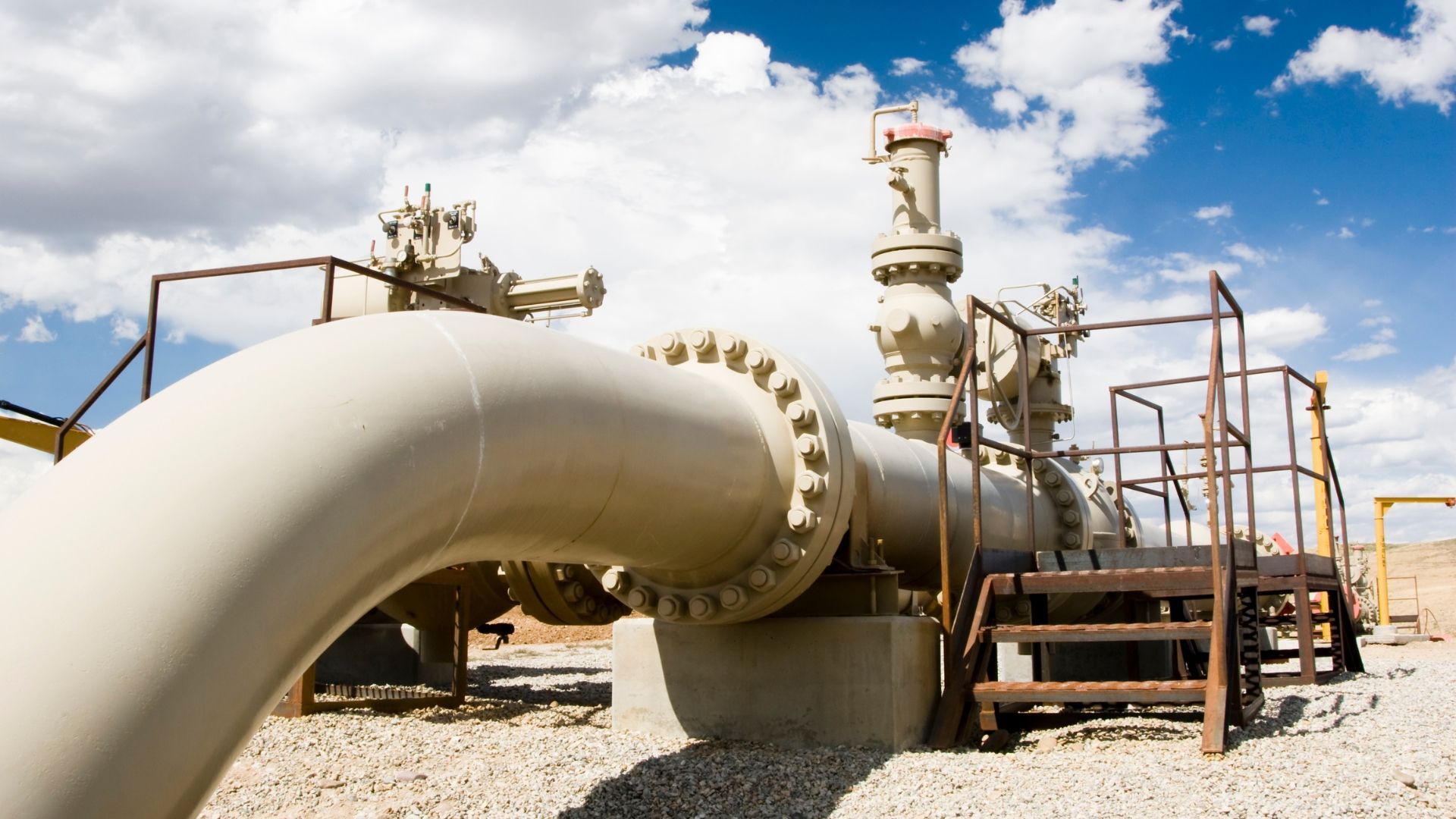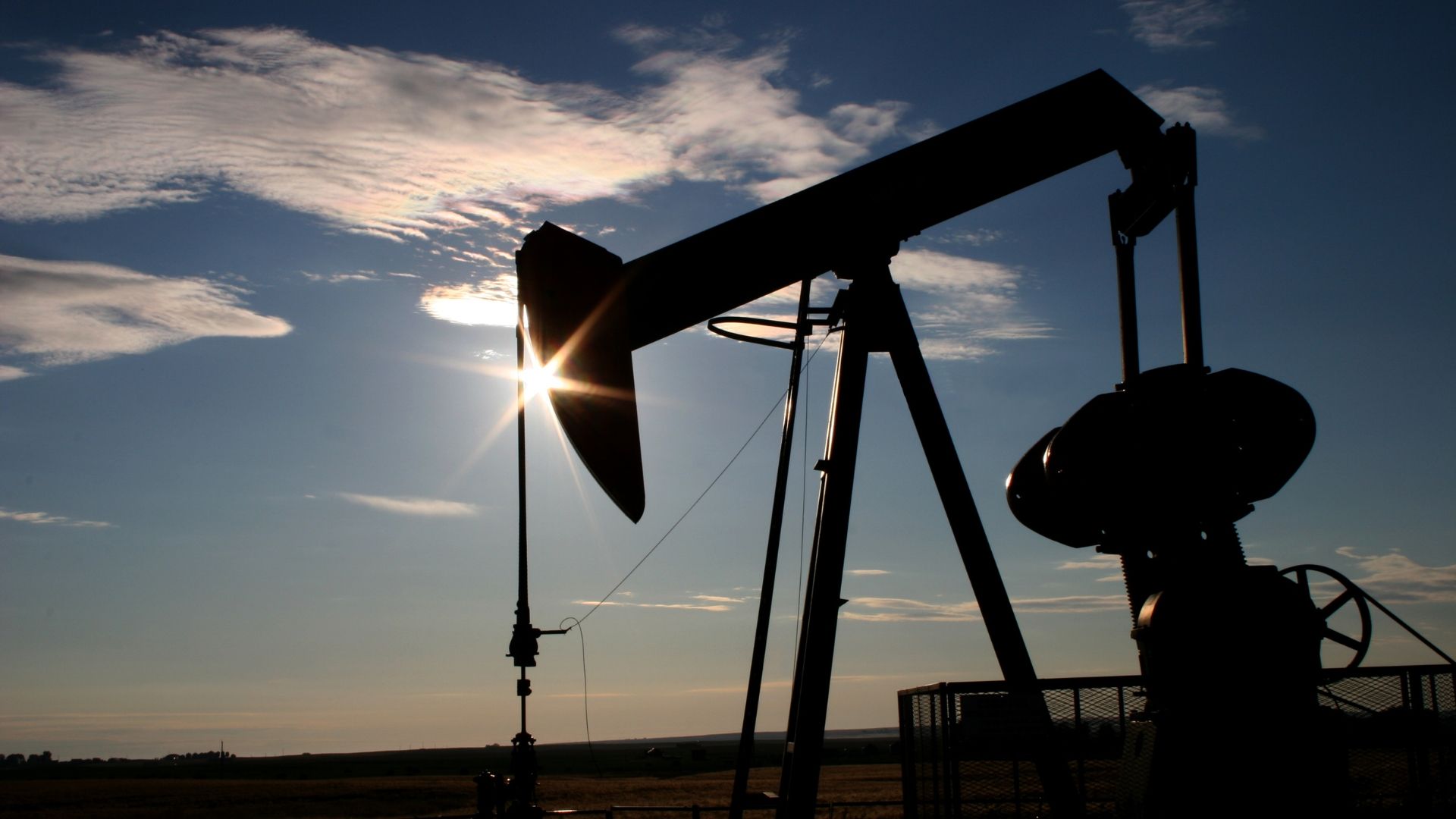Challenges in opening new mines expected to leave production lagging behind rising demand
By Yusuf Khan
April 18, 2023 1:00 am ET | WSJ PRO
Metal markets seem to think copper is the new lithium. A lack of new mining activity has added to worries that there won’t be enough of the red metal for the energy transition, a popular topic at this week’s World Copper Conference in Santiago, Chile.
South America currently dominates copper production and Chile is the largest mined producer. Increasing mine output has proved a challenge, prompting a wave of deal making in the industry and warnings of a serious supply shortfall over the next decade.
Copper is used in wiring and construction as well as electric vehicles, solar panels and other green technologies. Electrification is expected to increase annual copper demand to 36.6 million metric tons by 2031, with supply forecast to be around 30.1 million tons, creating a 6.5 million ton shortfall at the start of the next decade, according to consulting firm McKinsey & Co.
In 2021, refined copper demand stood at 25.3 million tons, according to the International Copper Study Group.
“The market overall is pretty tight,” said Robert Edwards, copper analyst at CRU. “Longer term there’s a narrative around resource scarcity and the green transition with EVs and renewables as well as the build-out of electricity grids. On paper it’s quite a substantial supply gap opening up over the next 10 years,” he added.
However, “there’s no slack in the system, no buffer,” said Marex’s head of market analytics Guy Wolf at a recent conference in Switzerland. He said that copper was the only metal with locked-in demand growth, but indicated prices would need to rise to $15,000 a metric ton to attract investment in new mines. Futures on the London Metal Exchange are around $9,000 a ton.
Copper miners have been at the center of a recent spurt of deal making. Glencore PLC recently offered $23 billion for Canadian miner Teck Resources Ltd., potentially creating the third-largest copper producer in the world. Teck rejected the offer. BHP Group Ltd. also gained court approval on Monday for the takeover ofOZ MineralsLtd., a deal valued at $6.34 billion.
However, analysts say a lack of new mined resources is the main hurdle. Mined output globally in 2022 was 21.8 million tons according to the International Copper Study Group, rising only 1 million tons over the previous three years.
Analysts forecast little output growth in Peru and Chile. Mines are operating at low staff levels and slowed operations after local protests from community groups, with reasons varying from worker safety to rising governmental control over mine assets. Research firm Fitch Solutions estimates that 2023 copper mined production in Chile will likely be about 5.7 million tons, the same volume as in 2020.
“We now see some projects coming online in Peru and in Chile, which will add incremental supply, but there is not a lot in terms of pipeline in terms of long run,” said Barbara Mattos, an analyst at ratings company Moody’s Investors Service. She cautioned that the new ores being mined are of lower grades, meaning that even if mining activity stays flat, copper volumes produced are likely to be lower.
Potential new supplies could come from the rich copper seams in Congo and Zambia in central Africa. They are now being exploited. However, the largest deposits are still in South America. According to Congo’s Ministry of Mines, copper metal exports totaled 2.3 million metric tons in 2022, up from 1.8 million metric tons in 2021, less than half of Chile’s output.
According to analysts it is more of a “when” not an “if” copper demand is likely to surge. “The question is how fast this transition will occur and exactly where,” said Ms. Mattos.
Green uses of copper accounted for 4% of copper consumption in 2020, but this is expected to rise to 17% by 2030, according to a recent note from Aditi Rai, an analyst at Goldman Sachs. He added a “net-zero emissions” path would mean the world would need an additional 54% of copper by 2030 on top of that forecast.
Changes in technology should ease some copper demand pressures. Mr. Edwards pointed to changes in battery packs already cutting copper usage in electric vehicles. He also said that Chinese construction isn’t likely to maintain the pace it has kept for the past 20 years, helping to somewhat offset green demand growth.
Write to Yusuf Khan at yusuf.khan@wsj.com
Copyright ©2023 Dow Jones & Company, Inc. All Rights Reserved.







